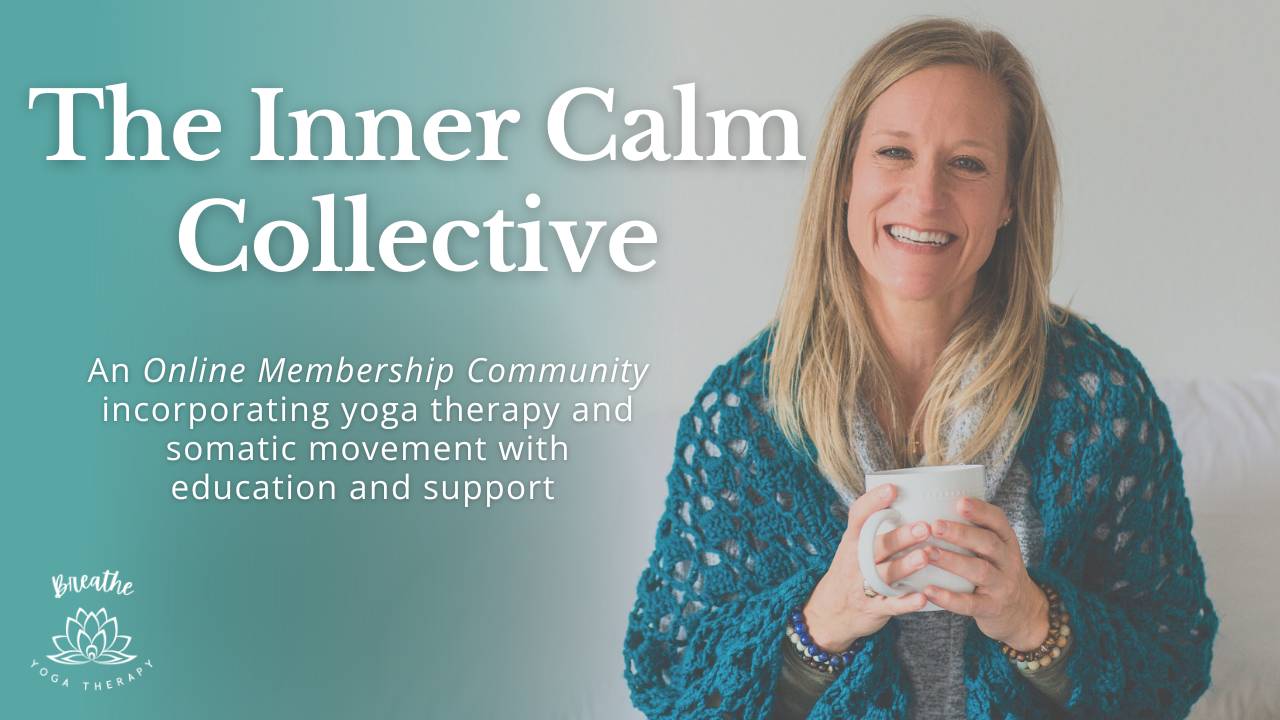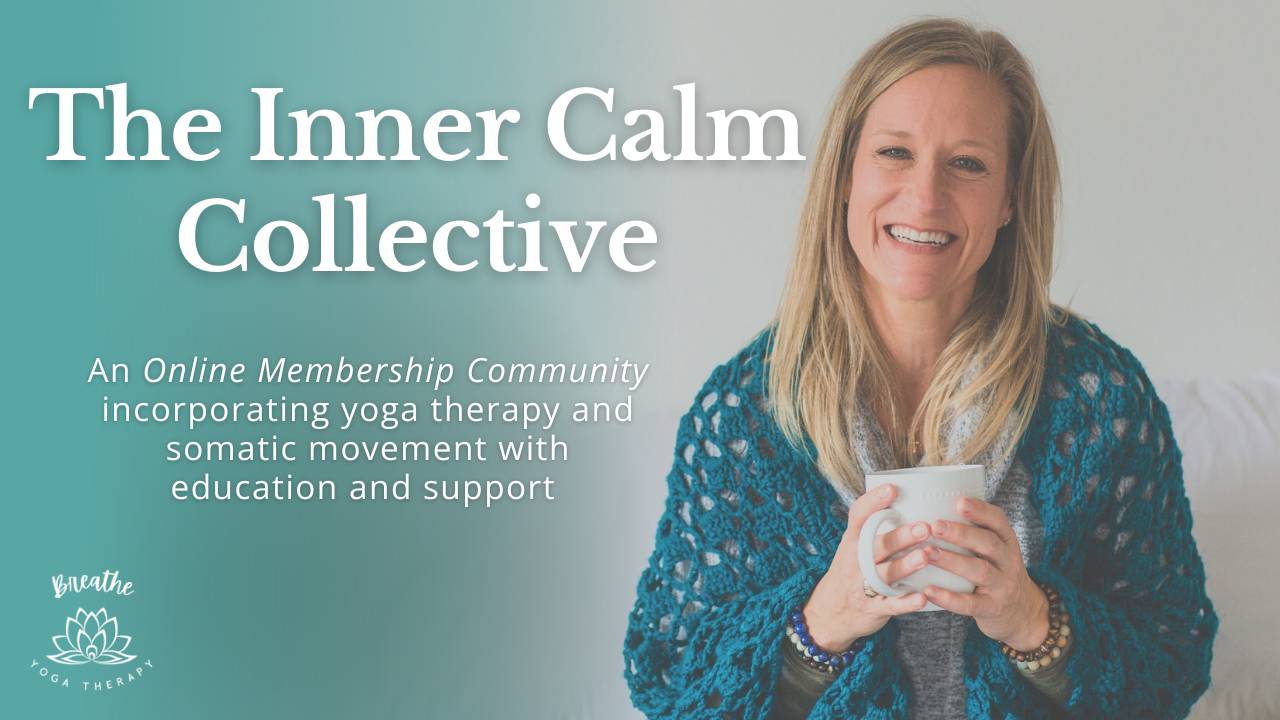Understanding Attachment Styles: How Unhealed Wounds Fuel Anxiety

Ever wonder why you behave a certain way in relationships, or why some interactions trigger anxiety more than others? A lot of this ties back to something called attachment styles, which are basically patterns we learn in childhood based on how we connected with our caregivers. These patterns stick with us as we grow up, and they influence how we relate to others, especially in emotional and intimate relationships. If these early attachment wounds don’t heal, they can quietly contribute to ongoing anxiety, often without us realizing where it's coming from.
The Four Main Attachment Styles
Secure Attachment
A secure attachment happens when, as a child, you felt safe, understood, and valued by your primary caregiver or caregivers. This creates a solid foundation of trust and self-worth. People with secure attachment styles tend to handle stress and relationship conflict pretty well because they trust that their relationships are stable and supportive.
Anxious Attachment
An anxious attachment style is developed when you experienced inconsistent caregiving as a kid—sometimes you felt loved, but other times you weren’t sure when or how that love would show up. This creates a fear of abandonment, so as an adult, you may constantly worry about being rejected or left behind. This constant need for reassurance can lead to a lot of anxiety in relationships, friendships and work dynamics.
Avoidant Attachment
Avoidant attachment forms when a caregiver is emotionally unavailable or dismissive of your needs. To cope, you may have learned to rely on yourself and push your emotions down. As an adult, this can show up as keeping emotional distance in relationships, avoiding deep connections, and appearing detached. While you might seem calm on the outside, this emotional suppression often turns into stress or anxiety that gets bottled up inside.
Disorganized (Fearful-Avoidant) Attachment
This style comes from chaotic or even traumatic caregiving, where your caregiver was both a source of comfort and fear. As a result, you might have trouble trusting others and experience a push-pull in relationships—wanting closeness but fearing it at the same time. This can create a lot of emotional confusion, and the constant back-and-forth can feel incredibly stressful and anxiety-inducing.
Discover your Attachment Style [Take the Quiz]
How Unhealed Attachment Wounds Fuel Anxiety
If these attachment wounds from childhood are left unresolved, they often show up in adulthood as emotional pain, unmet needs, or fears about relationships. These wounds impact how we see ourselves and others, feeding a cycle of anxiety. Here’s how it plays out:
Fear of Abandonment and Rejection
For those with anxious or disorganized attachment, there’s a heightened fear of rejection. Even small conflicts or perceived distance can trigger intense anxiety, making you worry excessively about being left behind or losing someone’s affection. This can lead to overthinking, clinginess, and emotional exhaustion.
Hypervigilance in Relationships
When you’ve got attachment wounds, you’re often on guard, looking for signs of abandonment or betrayal. This constant “what if?” mindset can keep you in a state of chronic anxiety, as your nervous system is always ready for fight-or-flight mode, expecting the worst in relationships.
Emotional Suppression
For avoidant types, holding in emotions might seem like the best way to avoid vulnerability. But when emotions are suppressed for too long, they don’t just disappear—they build up. Eventually, this emotional bottling can lead to stress, anxiety, and even physical symptoms like insomnia or tension.
Difficulty Trusting Others
Unhealed attachment wounds can make it really hard to trust people. Whether it’s in friendships, romantic relationships, or even at work, the lack of trust creates anxiety because you never feel fully secure. You’re always wondering when the other shoe will drop, which keeps your nervous system in a state of unease.
Healing Attachment Wounds to Ease Anxiety
The good news is that your attachment style isn’t set in stone. You can heal from these wounds, and in the process, reduce anxiety and build healthier relationships. Here are a few ways to start healing:
- Mindfulness and Somatic Practices: Practices like yoga, meditation, and breathwork are great for calming the nervous system and helping you manage emotional regulation. They can also help you feel more connected to your body, which is key for healing.
- Healthy Relationships: Surrounding yourself with supportive, reliable people can slowly reshape unhealthy attachment patterns. These positive relationships create a sense of safety that can soothe your fears and help you build trust.
- Inner Child Work: Healing your inner child is about addressing the unmet needs from your past and learning to care for yourself with compassion. By nurturing your inner child, you can begin to fill those old emotional gaps and heal from within.
Your attachment style has a big impact on how you experience anxiety, but it doesn’t have to control your life. By understanding how your early relationships shaped your emotional world, you can start to change those old patterns and build a sense of security within yourself. Healing attachment wounds isn’t an overnight process, but with time, it can significantly reduce anxiety and lead to stronger, healthier connections with others.
I’d be honored to support you on your journey of self-healing and nervous system restoration. In my yoga therapy program, Body-Focused Healing for Anxiety: Uncovering and Healing the Root Causes of Chronic Stress, we explore how your nervous system has been shaped by early experiences—often beneath your conscious awareness. Using insights from polyvagal theory and somatic psychology, you’ll begin to understand the connection between past wounds, present patterns, and the body’s survival responses. Through guided movement, breathwork, and nervous system education, you’ll learn to shift from chronic stress to a felt sense of safety, within yourself and your relationships.
Learn more about this online workshop and remember, you’re never alone on this journey—I'm right there with you, using and sharing all the resources I have to navigate through life as gracefully as possible. Join my interest list to stay connected.

Join Our Free Online Community!
You don’t have to do this alone. Inner Calm Collective is our online membership community where you’ll get expert tips, tools, and insights on healing anxiety, trauma, and building nervous system resilience.
Get the support and guidance you need to ease stress, calm your nervous system, and feel more at home in your body—every single day. Join now and start feeling the difference today!



